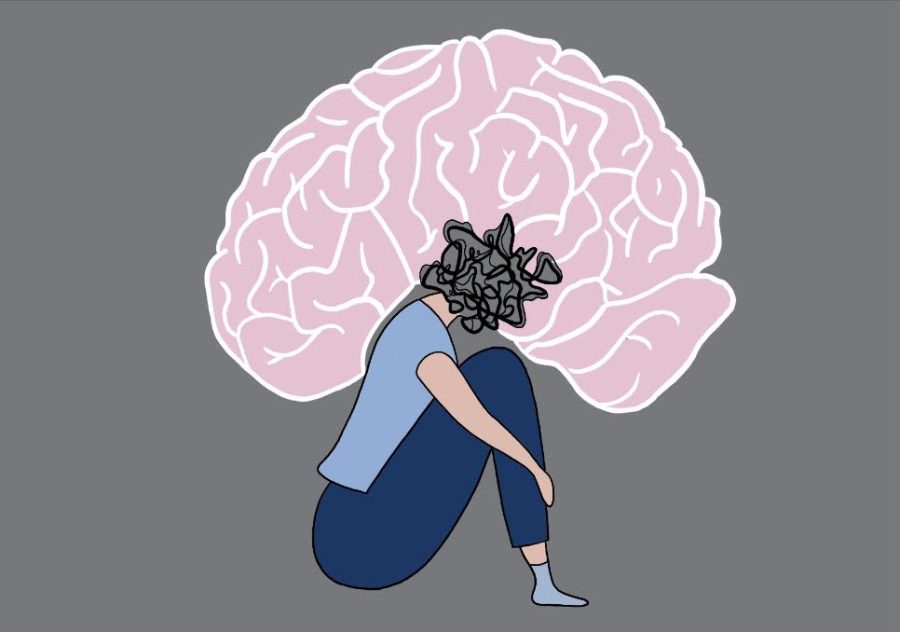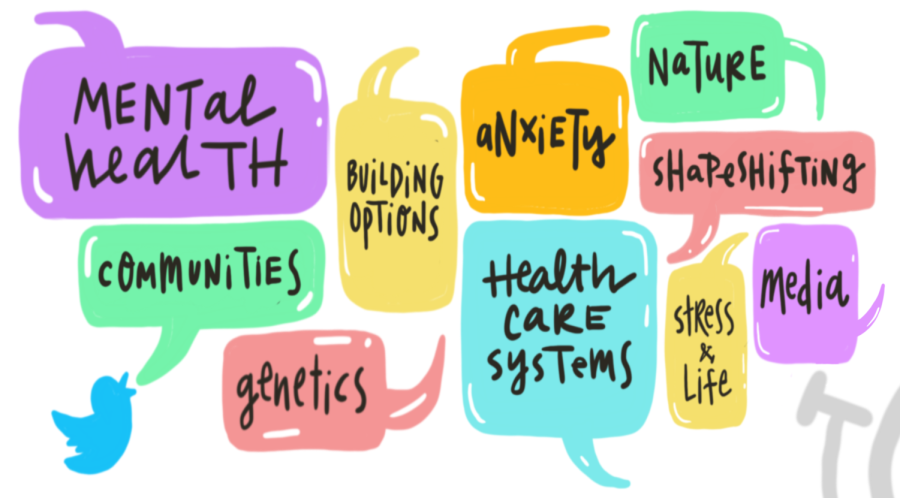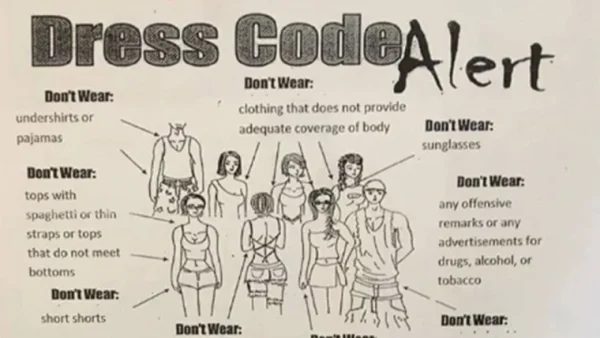Mental Health in Schools
WARNING topics in this article can trigger some readers****
Mental Health should be talked about in schools! Mental health is important for all students, and goes hand in hand with students’success in the classroom.
Globally, one in seven 10-19-year-olds experiences a mental disorder, accounting for 13% of the global burden of disease in this age group. Depression, anxiety and behavioral disorders are among the leading causes of illness and disability among adolescents. The consequences of failing to address adolescent mental health conditions extend to adulthood, impairing both physical and mental health and limiting opportunities to lead fulfilling lives as adults.
Students are important and wanted in schools. Therefore if the students are struggling with mental health they need to be able to learn about how to deal with it and what to use to deal with it. There should be a mental health class, or course, that schools offer so students are equipped with the tools that are needed to fight the disorder. We should also equip our staff with tools to know if someone is struggling with mental health, they will be able to know and help.
Common Mental Health Signs:
- Losing interest in activities that they used to enjoy
- Having low energy
- Having difficulty sleeping or eating
- Spending more time alone and avoiding social activities
- Excessively exercising, dieting, and/or binge eating
- Harming themselves (e.g., b*rning or c*tting their skin)
- Use of alcohol, tobacco, or other drugs
- Engaging in risky or destructive behavior
- Having thoughts of committing s*icide
- Think their mind is being controlled or is out of control or hear things other people cannot hear

Hi! I am a senior and I am involved in scholastic bowl, drama club, history club, pay it forward, gardening club and I love to take photos. I have a social...












